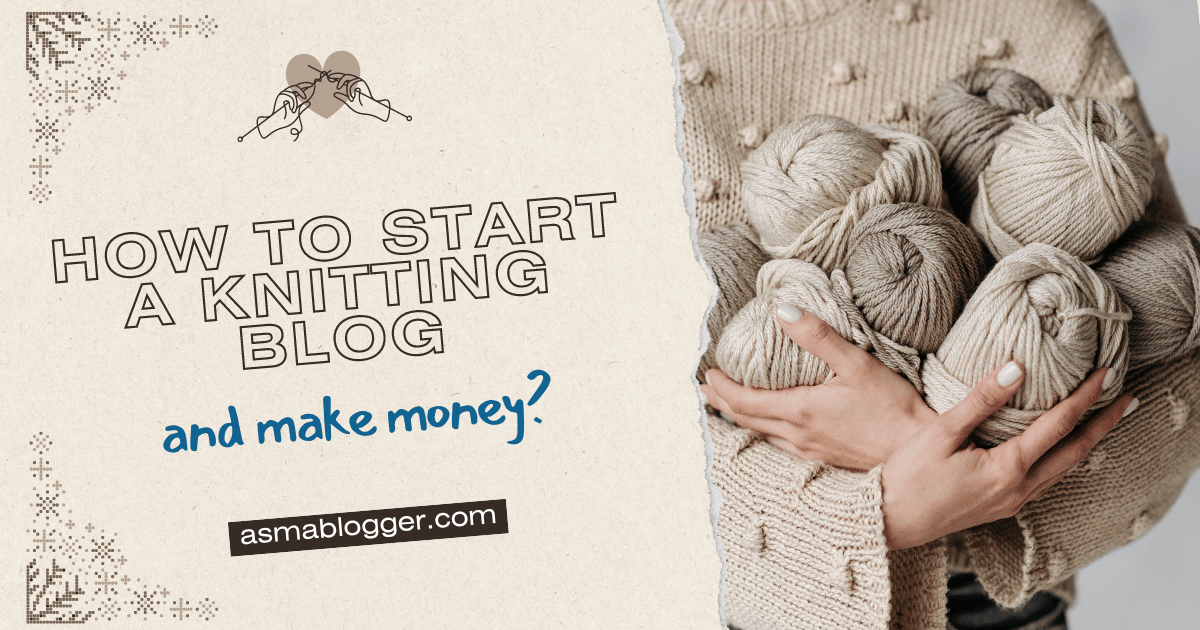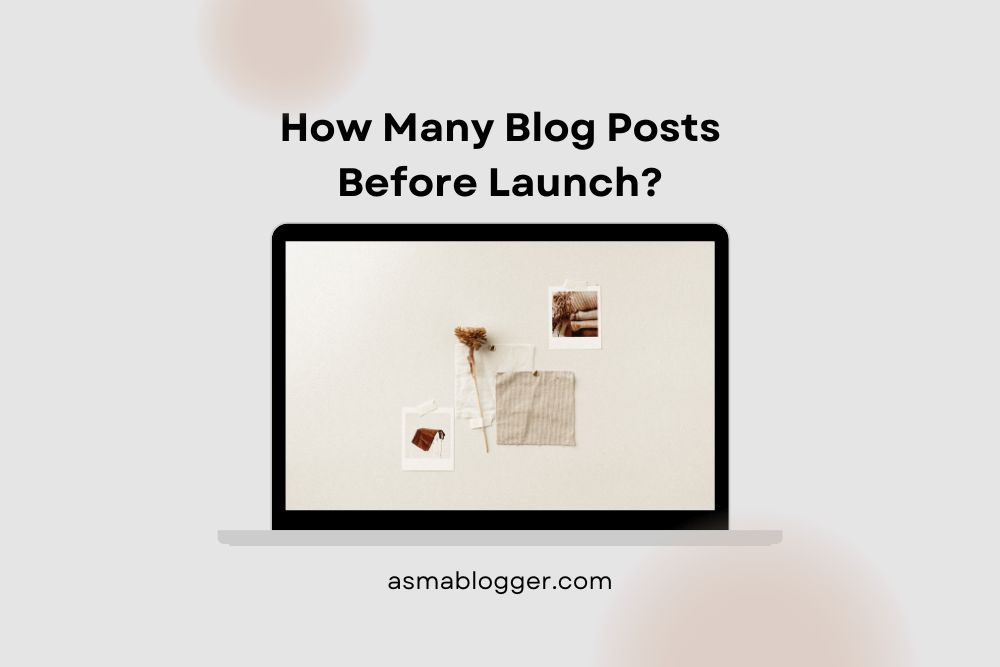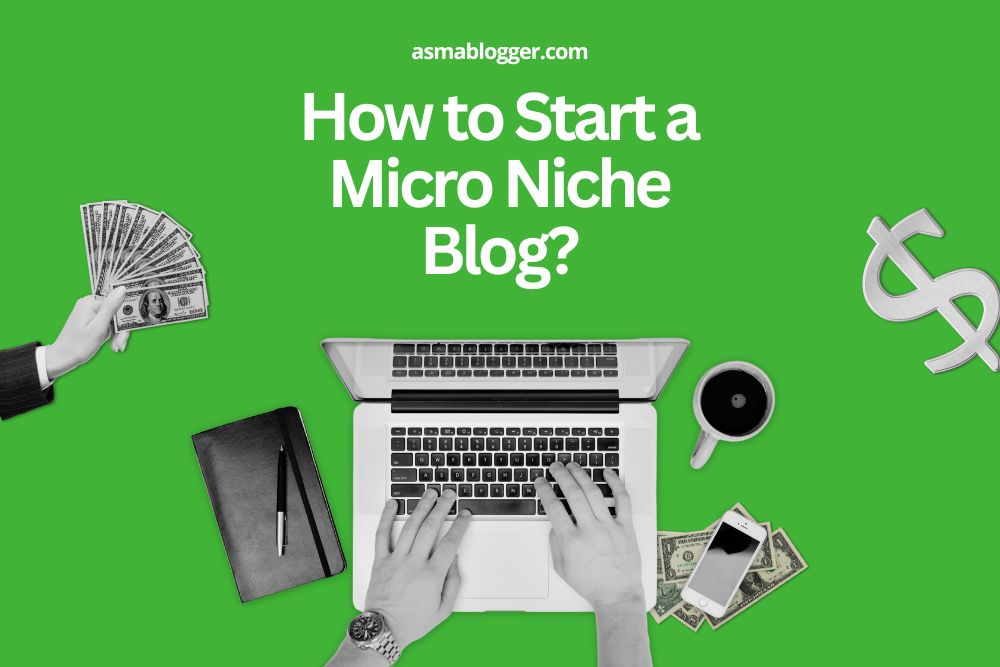Did you know that knitting blogs can be a goldmine for both creativity and income? Yes, it’s true! With the right approach, you can turn your love for knitting into a profitable venture. Whether you dream of making money through affiliate links, sponsored posts, or selling your own patterns, I will walk you through the essentials. From choosing the perfect niche to setting up your blog and building an audience, I’ll show you how to start a knitting blog and make money. Ready to turn those knitting needles into cash? Let’s dive in!
Table of Contents
ToggleWhy Start a Knitting Blog?
If you’re thinking about starting a knitting blog, now’s the time. Knitting is more popular than ever, with a growing community eager for content. From managing multiple blogs, I’ve seen how engaging with niches attracts a dedicated audience. This is your chance to share your passion and connect with others.
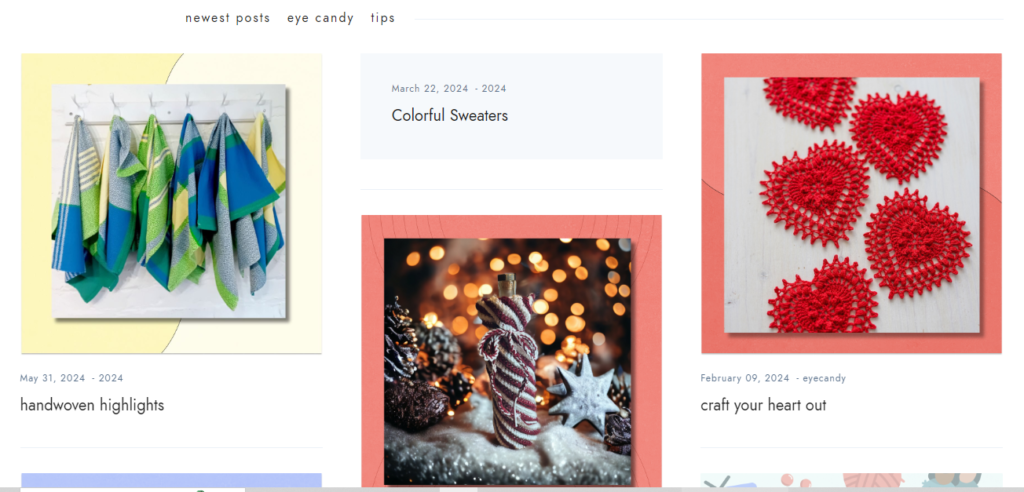
Knitting isn’t just a hobby anymore; it’s a trend that’s gaining momentum. I noticed this shift while working on various blogs. People are increasingly interested in knitting and handmade items, thanks to online crafting communities. Social media plays a big role, with more knitters sharing their projects and tips. It’s a perfect time to start your blog.
Below is a step-by-step guide on how to start a knitting blog and make money!
Step 1 (How to Start a Knitting Blog): Find Your Knitting Blog Niche
When starting a knitting blog, picking a niche is important. Just saying “knitting” is too broad. Think specific—whether it’s beginner tutorials, advanced techniques, or sustainable knitting, each niche has its own audience and content potential. For instance, focusing on a niche like eco-friendly knitting can help you stand out. Here’s what you need to do:
A. Identify Popular Knitting Niches
Look at what excites you and what’s trending online. Maybe you’re into eco-friendly knitting or creating fun patterns for kids—focus on that! It’s about finding what makes your heart race and turning it into content others will love.
B. Use Keyword Research
Use accurate keyword research tools like Google Keyword Planner or SEMrush to find what people are searching for. Check out what’s missing in the market and see where you can fit in. It’s like detective work to find out what your potential readers need.
C. Balance Passion and Demand
Make sure your niche aligns with both your interests and what readers are looking for. It’s all about finding that sweet spot between passion and market demand.
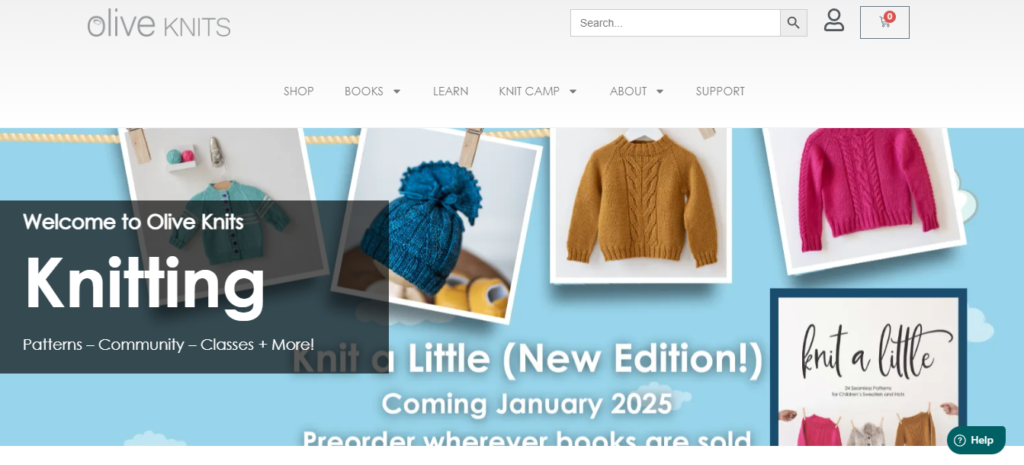
Step 2 (How to Start a Knitting Blog): Select a Domain and Hosting for Your Knitting Blog
Alright, let’s dive into setting up the foundation for your knitting blog. Trust me, this part is crucial, and it’s where things start to get real!
Pick a Domain Name
First things first: choosing a domain name. This is basically your blog’s online address, like www.yourknittingjourney.com. Think of it as your blog’s name, and it needs to be catchy and easy to remember. Try to pick a name that is unique enough to stand out.
Here’s a tip: check for availability not only as a domain but also on social media platforms. You want your blog’s name to be consistent everywhere. If the perfect name is taken, don’t stress; a domain name generator can be helpful in brainstorming alternatives.
Register Your Domain
Once you’ve settled on a name, it’s time to make it official. Registering your domain is easy, and many hosting services offer this free as part of their package. Look for a reliable registrar—companies like Hostinger, Bluehost, or Namecheap are popular choices. Be sure to consider privacy protection to keep your personal details out of the public eye. Also, don’t forget to set up auto-renewal so you don’t accidentally lose your domain because you forgot to renew it!
Choose a Hosting Platform
Now, go onto the hosting platform—this is where your blog will live online. Think of hosting as the digital real estate for your site. There are tons of options out there, but I’ve had great experiences with Bluehost and Hostinger. Bluehost is known for its affordability and ease of use, especially for beginners. If you’re looking for something a bit more premium, Hostinger is also cost-effective and offers top-notch performance and customer support.
Here’s a quick rundown on what to look for:
- Affordability: Make sure you’re comfortable with the pricing.
- Performance: Look for reliability and speed.
- Customer Support: 24/7 support is a must, especially if you’re new to blogging.
Install WordPress
Once you’ve got your domain and hosting sorted, it’s time to get WordPress up and running. Most hosting services have a one-click WordPress installation option, which makes life so much easier. After installation, you’ll get access to the WordPress dashboard, where you can customize your blog.
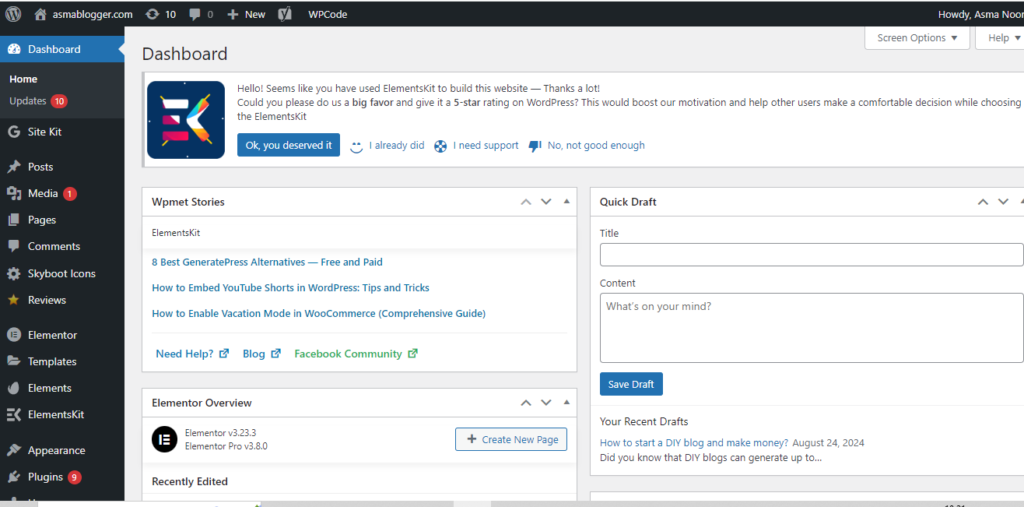
When setting up your WordPress site, installing the right plugins can make all the difference. Here are some must-have plugins to enhance your site’s functionality:
- Yoast SEO: Boost your search engine visibility and drive more traffic to your site with this powerful SEO tool.
- WooCommerce: Create a professional eCommerce store with customizable features to showcase and sell your products.
- WP Rocket: Speed up your site by caching your pages, ensuring a smooth shopping experience for your customers.
- Sike Kit: Get detailed data analytics with this popular Google Analytics plugin, helping you understand your site’s performance.
- WPForms: Easily set up contact forms to stay connected with your visitors and address their queries.
- Elementor: Customize your site’s appearance with this intuitive drag-and-drop editor; no coding is required.
These plugins will help you optimize, manage, and grow your WordPress site effectively.
Step 3 (How to Start a Knitting Blog): Design Your Knitting Blog: Essential Features
Opt for a clean, easy-to-navigate theme that complements your knitting content. Look for features like customizable layouts and responsive design.
Creating a blog for your knitting patterns and projects is not just about showcasing your work but also about connecting with fellow knitters and potential customers. Here’s how to make sure your blog is not just another pretty face but a powerful tool for your knitting business.
1. Online Shop
First off, if you’re serious about selling your patterns, you absolutely need an online shop. It’s like having a storefront without the overhead! An online shop lets you control the branding and access detailed analytics that can really boost your sales.
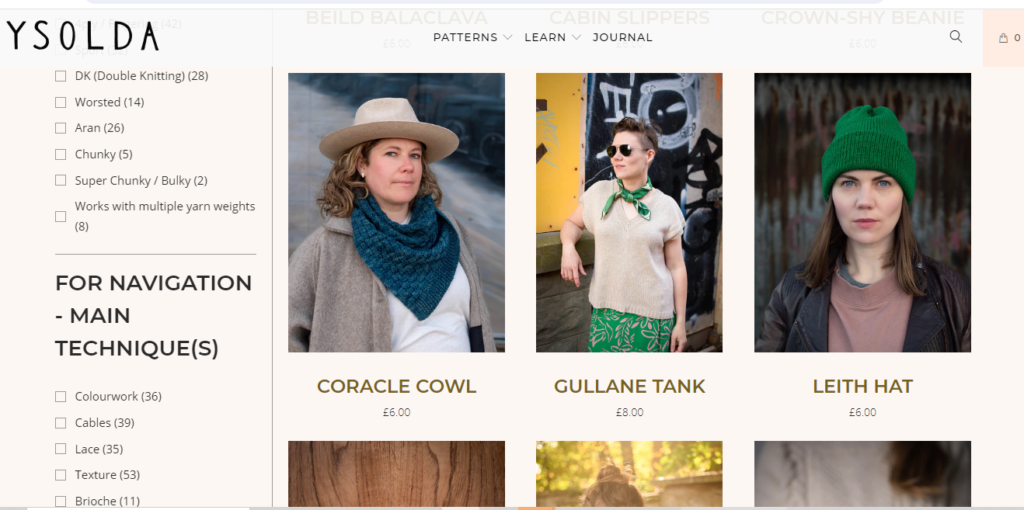
Ysolda’s shop is well-organized with filters by pattern, yarn weight, and technique. For beginners, a simpler setup works too. Just ensure your product pages include yarn weight, sizing, payment options, and customer reviews, plus related patterns to increase sales!
2. Learning Resources
Let’s talk about learning resources. These are golden! Not only do they help your readers get the most out of your patterns, but they also reduce the number of questions you’ll get. Trust me, that’s a time-saver!
Consider adding tutorials or linking to classes. If you offer workshops or online classes, include all the details—like what students will learn, skill requirements, and policies. This helps potential students make informed decisions.
3. Blog
Now, here’s where you can really let your personality shine. A blog is a great way to engage with your audience. Share knitting tips, pattern updates, and personal stories. When you go deep into knitting pattern design, your blog can be your go-to spot for sharing tutorials and design updates.
4. Newsletter Subscription Form
Never underestimate the power of an email list. It’s one of the best ways to ensure your updates actually reach your audience. Use your newsletter to announce new patterns, classes, or knitting tips. I’ve found that a regular newsletter can really keep your community engaged.
Check out: What Are the Benefits of Email Communication? My Insights
5. Contact Information
Clear contact info is a must. Whether it’s a simple contact page or a form, make it easy for your readers and potential collaborators to reach out. It’s crucial for building relationships and handling queries.
6. Links to Social Media
If you’re active on social media add links to your profiles. It’s a great way to build a following and stay connected. You can add any social media icons to your footer or even display a feed directly on your blog to keep things interactive.
7. Set Up Essential Pages
Ensure your blog has key pages like Home, About, Blog, Contact, and Resources. Each page should have clear, engaging content to guide your readers and enhance their experience. Also, don’t skimp on the About page. This is where you get to tell your story and connect with your readers on a personal level. Share your journey, your passion for knitting, and what drives you. A well-crafted About page can turn casual readers into loyal followers.
Step 4 (How to Start a Knitting Blog): Create SEO-Friendly Knitting Content
A. Conduct Keyword Research
When it comes to SEO, keyword research is crucial. From managing blogs, I’ve learned that finding the right keywords can make or break your traffic. Tools like Ubersuggest or SEMrush help find phrases like “chunky blanket knitting pattern” or “how to knit a scarf.” Just integrate them naturally—stuffing them feels like tangled yarn.
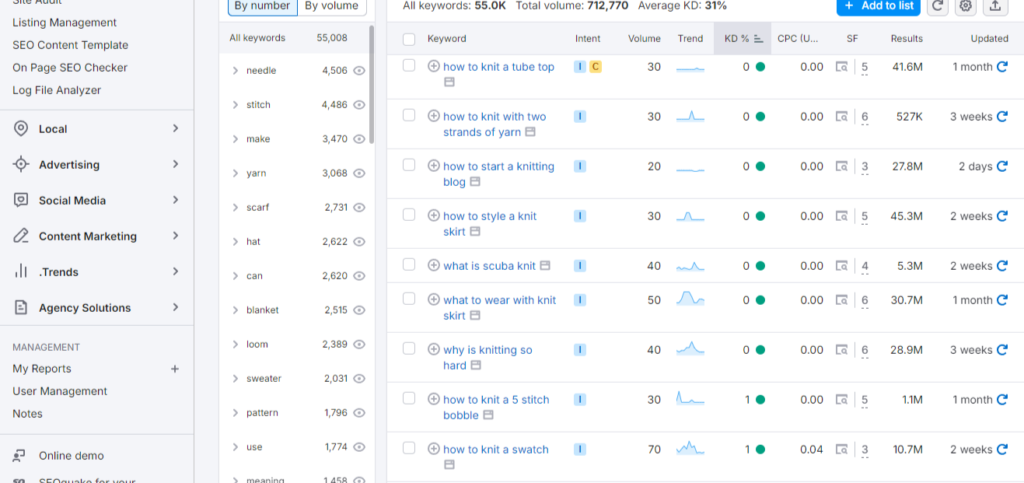
Start by using SEMrush to find low-competition keywords, as knitting has generally low difficulty. For more ideas, check Google’s auto-suggestions to expand your list.
B. Structure Content for SEO
Your blog needs to be organized like a well-planned knitting project. Use headings (like h1, h2, h3) and bullet points to break up your content so it’s easy to skim. Oh, and don’t forget the meta descriptions and catchy titles. They’re like that perfect final stitch that pulls everything together and makes search engines happy!
You can check out my guide: Content-Centric SEO: A Comprehensive Guide
C. Write In-Depth Tutorials and Guides
Writing a knitting tutorial is all about details. Go deep with step-by-step instructions, and don’t skip the images—they’re essential. Help your readers avoid mistakes by being specific and thorough. After all, clear instructions mean fewer “Oh no, I’ve messed up” moments!
Step 5 (How to Start a Knitting Blog): Engage Your Audience with Visual Content
A. High-Quality Photography Tips
When it comes to photographing knitting projects, lighting is everything. Natural light works best, especially if you can position your work near a window during the day. Trust me, the difference is huge, and angles matter too. Try a few close-ups of those intricate stitches; they make your project pop more. Don’t forget to edit!
B. Create and Integrate Video Content
Knitting tutorials? They’re even better when you show rather than just tell. I’ve seen firsthand how much engagement skyrockets when DIY bloggers use video. You don’t need professional equipment—just decent lighting and clear audio. A smartphone works fine! Embedding YouTube videos into your blog adds value and helps with SEO. Plus, you can walk your audience through complex stitches.
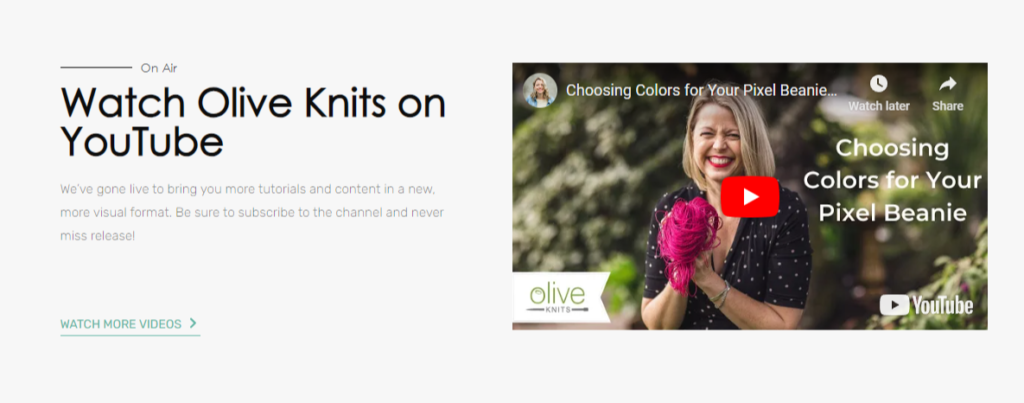
You may like my post: How to start a DIY blog and make money?
C. Design Pinterest-Friendly Images
Pinterest is the holy grail for sharing knitting projects, and I’ve learned a few tricks. First, vertical images with bright, clear visuals work wonders. Add text overlay that’s easy to read—it grabs attention quickly. Don’t forget to optimize your ALT text for SEO and accessibility. It might seem minor, but it really helps people find your pins.
Step 6 (How to Start a Knitting Blog): Promote Your Knitting Blog to Attract Readers
A. Leverage Social Media for Promotion
When it comes to promoting your knitting blog, social media is your best friend. Instagram is perfect for showing off your projects with hashtags like #knittinginspo or #knittersofinstagram, which help reach a wider audience. Pinterest is great for saving detailed tutorials. Facebook groups are also useful—share posts, ask for feedback, and engage with knitters.
Don’t have social media platforms? Don’t worry—check out my guide! How to Promote Your Blog Without Social Media: Tested Strategies
B. Build Backlinks and Networking
Building backlinks is one of those tasks that’s not exactly glamorous, but it pays off big time. Guest blogging for other knitting blogs or DIY sites boosts credibility and helps reach new audiences. Connecting with knitters through forums or platforms like Ravelry opens doors for collaboration. Even a casual shout-out in a knitting community can boost your traffic!
You may like: How to Write a Collaboration Email That Closes the Deal?
C. Implement Email Marketing
Once your email list is rolling, it’s like having a direct line to your biggest fans. Offer an exclusive free pattern or knitting tips as a reason to sign up. Keep them hooked with newsletters featuring updates, new tutorials, or general musings about knitting.
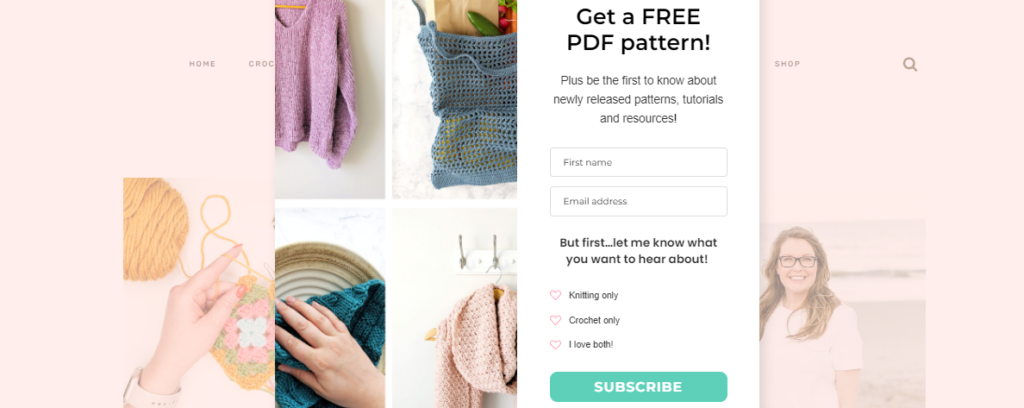
You may like this post: How to Build a Blog Following? Expert Tips
Step 7(How to Start a Knitting Blog): Monetize Your Knitting Blog
A. Affiliate Marketing Opportunities
Affiliate marketing is an easy method to get started. If you’re mentioning knitting needles, yarn, or books in your posts, why not add a few affiliate links? I recommend programs like Amazon Associates—it’s beginner-friendly and offers a wide range of tools. You’ll earn a recurring commission each time someone buys through your link.
B. Sell Your Products
Why stop promoting other people’s stuff when you could sell your own? I’ve seen bloggers go from posting free patterns to creating premium digital downloads or selling knitting kits with all materials included. You can set up your e-store on your website or other platforms like Shopify or Etsy, which you can link to your blog. Handmade items are super popular in the knitting community—show off your work!
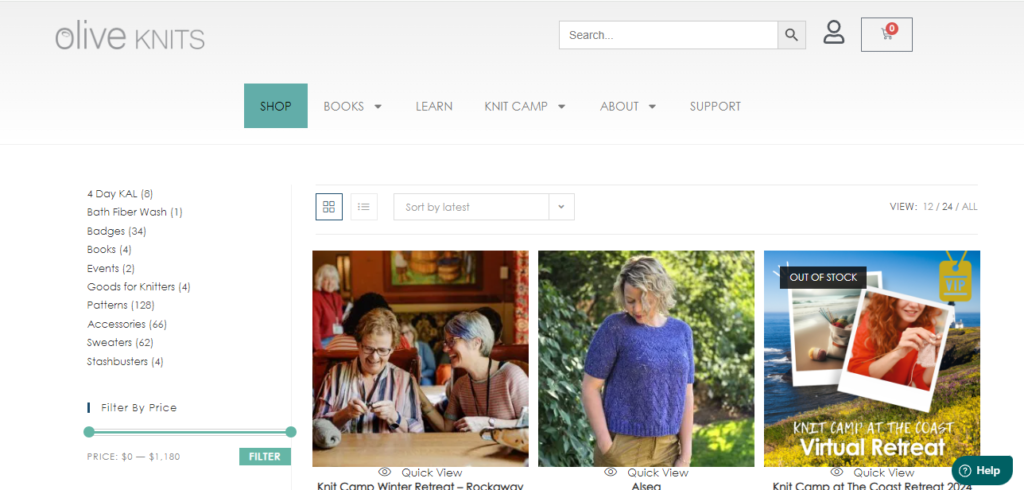
C. Explore Sponsored Content and Collaborations
Sponsored content can be a goldmine, but it takes time to build relationships. Once your blog gains traction, brands may approach you for reviews or collaborations. Collaborations should feel like partnerships, and readers value authenticity. Bloggers often succeed with yarn companies, knitting tool brands, and indie craft supply shops. So, ensure the brand matches your audience’s interests to avoid seeming sales-driven.
Check out: How to Write a Sponsored Blog Post That Converts?
D. Create Online Courses and Workshops
If you’re a pro at knitting techniques or have a unique style, teaching others is a no-brainer. Developing online courses or hosting virtual workshops can bring in steady income. I’ve seen many bloggers succeed with knitting classes on Teachable or Skillshare. Plus, one-on-one Zoom workshops can engage your audience while making money. People love learning from someone experienced!
Need a professional to guide you through the blogging process?
With experience managing over 50 blogs and a deep understanding of what drives success, I can help ensure your blogging efforts are on the right track. Whether you need keyword research, content strategy, blog writing, monitoring, or monetization strategies, I offer comprehensive services to maximize your blog’s potential. Reach out to me to make sure your blog pays off as soon as possible.
Conclusion (How to Start a Knitting Blog and Make Money?)
So, you’ve learned the ropes of starting a knitting blog and making it a revenue-generating machine. Pretty exciting stuff, right? I’ve covered the essentials—from setting up your blog and crafting engaging content to driving traffic and making money through your patterns.
To recap, remember that creating a successful knitting blog involves more than just writing posts. You need a well-structured online shop, valuable learning resources, a lively blog section, and ways to keep your readers connected through newsletters and social media. Don’t forget to add personal touches and share your unique journey with your audience. This builds a community around your blog and helps you stand out.
I’d love to hear from you—what’s been your biggest challenge or success in starting your knitting blog? Share your thoughts in the comments below.
Keep pushing forward, stay consistent, and most importantly, enjoy the process. Your blog is a reflection of your creativity and dedication.
FAQs (How to Start a Knitting Blog and Make Money)
Are knitting blogs profitable?
Yes, knitting blogs can be profitable, especially with a strong following. Income sources include sponsored content, affiliate marketing, and ad revenue. Building a loyal audience and offering high-value content can attract brands and generate income. Success often depends on niche focus, quality, and consistency in posting.
Can I get paid for knitting?
You can get paid for knitting. Opportunities include selling handmade items, teaching knitting classes, or writing knitting patterns. Many knitters also earn through blogging, affiliate marketing, and sponsored content. Building a strong portfolio and network helps turn your knitting skills into a profitable venture.
Do craft blogs make money?
Yes, craft blogs can make money through sponsored posts, affiliate marketing, and ad revenue. Building a dedicated audience and offering high-quality, engaging content are key. Craft bloggers also often earn from brand partnerships and product reviews, making it a viable option for income generation.

